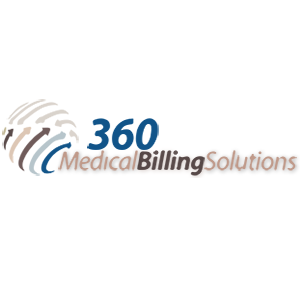In the fast-paced world of urgent care, providers must balance quality patient care with efficient administrative processes. One of the biggest hurdles is billing — an area filled with complexities, especially when compared to other healthcare services. If you’re struggling with billing for urgent care services, you’re not alone. This blog unpacks common issues, highlights key differences from ER billing, and offers solutions to streamline your revenue cycle.
1. Common Billing Errors in Urgent Care
Urgent care centers often experience billing inaccuracies that can lead to claim denials or delays. The most frequent issues include:
- Incorrect patient information
- Improper use of modifiers
- Unbundling of services
- Lack of medical necessity documentation
Each of these mistakes can have a direct impact on cash flow. To avoid revenue loss, it’s vital to implement thorough claim checks and staff training on documentation and billing protocols.
2. Urgent Care vs. Emergency Room Billing
Though similar in nature, billing for urgent care and emergency room services differs significantly. Emergency departments typically use facility-specific billing guidelines and may involve multiple providers (e.g., radiologists, specialists), leading to more complex coding.
On the other hand, urgent care billing focuses on outpatient services and uses standard CPT and ICD-10 codes. However, confusion arises when urgent care centers bill at ER-level rates, potentially triggering audits or denials from payers.
3. Best Practices for Accurate Coding (ICD-10, CPT)
Accurate coding is the backbone of successful billing. Here are some best practices:
- Stay updated with CPT and ICD-10 revisions
- Use specific diagnosis codes to support medical necessity
- Verify payer-specific coding rules
- Avoid undercoding or overcoding
Proper documentation and consistent coder education are essential to reduce errors and ensure compliance.
4. How to Speed Up Reimbursements
Timely reimbursements are critical for maintaining financial health. Here’s how urgent care centers can accelerate payments:
- Implement automated claim scrubbing tools
- Verify insurance eligibility at check-in
- Submit claims electronically
- Track denials and rejections closely for patterns
- Follow up promptly with payers and patients
Automation, real-time data access, and proactive denial management all contribute to reducing AR (accounts receivable) days.
5. The Role of RCM (Revenue Cycle Management) in Urgent Care
Revenue Cycle Management (RCM) plays a pivotal role in tying all the above elements together. A well-integrated RCM system ensures:
- Seamless patient intake and eligibility checks
- Accurate charge capture and coding
- Efficient claims submission and follow-up
- Transparency in patient collections
Whether handled in-house or through a billing partner, RCM solutions tailored for urgent care can drastically improve collections and reduce administrative burdens.
Conclusion
Urgent care billing doesn’t have to be a mystery. By understanding common pitfalls, following best practices in coding, and leveraging strong RCM strategies, providers can overcome billing challenges with confidence.
Need help managing your urgent care billing process? 360 Medical Billing Solutions specializes in urgent care billing services, helping clinics improve accuracy, speed up payments, and stay compliant.
📞 Contact us today to streamline your revenue cycle and focus more on patient care.

Leave a Reply
You must be logged in to post a comment.